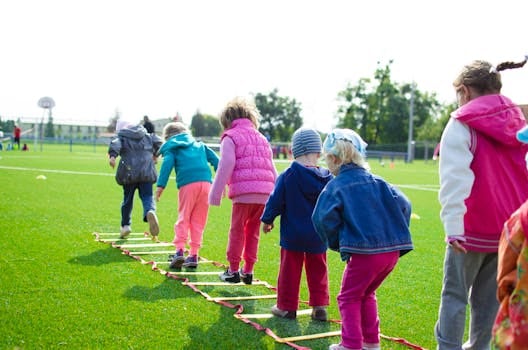Parent-Teacher Partnerships: Building Strong Learning Communities
Building strong learning communities requires the collaboration and partnership of parents and teachers. When these two important figures join forces, it not only benefits the students, but it also creates a positive and supportive environment for everyone involved. This article will explore the importance of parent-teacher partnerships and how it can lead to the development of strong learning communities.
The Impact of Parent-Teacher Partnerships
Parent-teacher partnerships are essential in the education system. They play a crucial role in a child’s academic success and overall development. When parents and teachers work together, they create a support system for students, which can improve their academic achievements, behavior, and attitudes towards learning.
Research has shown that students whose parents are actively involved in their education tend to have higher grades, improved attendance, and better attitudes towards school. This can be attributed to the fact that when parents are actively involved, they show their children that education is important and encourage them to do their best.
Additionally, parent-teacher partnerships also provide teachers with valuable insights into a student’s life outside of the classroom. This information can help teachers develop personalized teaching methods, address any issues the student may be facing, and work towards the child’s academic success.
Building Strong Relationships
For a parent-teacher partnership to be successful, it is important to establish a strong relationship between the two parties. This can be achieved through effective communication, mutual respect, and a shared goal – the well-being and success of the student.
Communication is Key
Effective communication between parents and teachers is crucial in building a strong learning community. Regular communication about a student’s progress, behavior, and any concerns can help identify areas of improvement and ensure that everyone is on the same page. This can be done through regular parent-teacher conferences, emails, or phone calls.
Moreover, communication should not only happen when there are issues, but also when there are successes. Parents and teachers should also celebrate a student’s achievements together, whether it’s a good grade or a positive behavior change. This helps build a positive and supportive relationship, which ultimately benefits the student.
Mutual Respect and Understanding
Both parents and teachers come from different backgrounds, but they share a common goal – the success of the student. It is important to maintain mutual respect and understanding towards each other’s perspectives. This means understanding that every parent wants what’s best for their child, and every teacher wants to see their students thrive.
By establishing a positive and respectful relationship, parents and teachers can work together to address any challenges or concerns without judgment or conflict. This opens up the lines of communication and allows for a more effective partnership.
The Benefits of Strong Learning Communities
When parents and teachers work together to build a strong learning community, it not only benefits the student but also creates a supportive and positive environment for everyone involved. Here are some of the benefits of a strong learning community:
Improved Student Performance
As mentioned before, research has shown that students whose parents are actively involved in their education tend to have higher grades and better attitudes towards school. By creating a supportive and cohesive learning community, parents and teachers can help students reach their full potential.
Enhanced School Culture
A strong learning community can also contribute to a positive school culture. When parents and teachers work together, it creates a sense of unity and shared responsibility towards the students’ success. This can lead to a more positive and supportive school environment for students to thrive in.
Improved Parental Involvement
Effective parent-teacher partnerships can also encourage more parents to become involved in their child’s education. When they see the positive impact of their involvement, they are more likely to continue being active participants in their child’s education and the school community.
In Conclusion
Parent-teacher partnerships are crucial in building strong learning communities. By working together and establishing a strong relationship, parents and teachers can create a positive and supportive environment for students to thrive in. It is essential to remember that the goal of this partnership is to ensure the well-being and success of the student, and this can only be achieved through effective communication, mutual respect, and a shared goal. Let’s work together to build strong learning communities that promote the success of our students.






